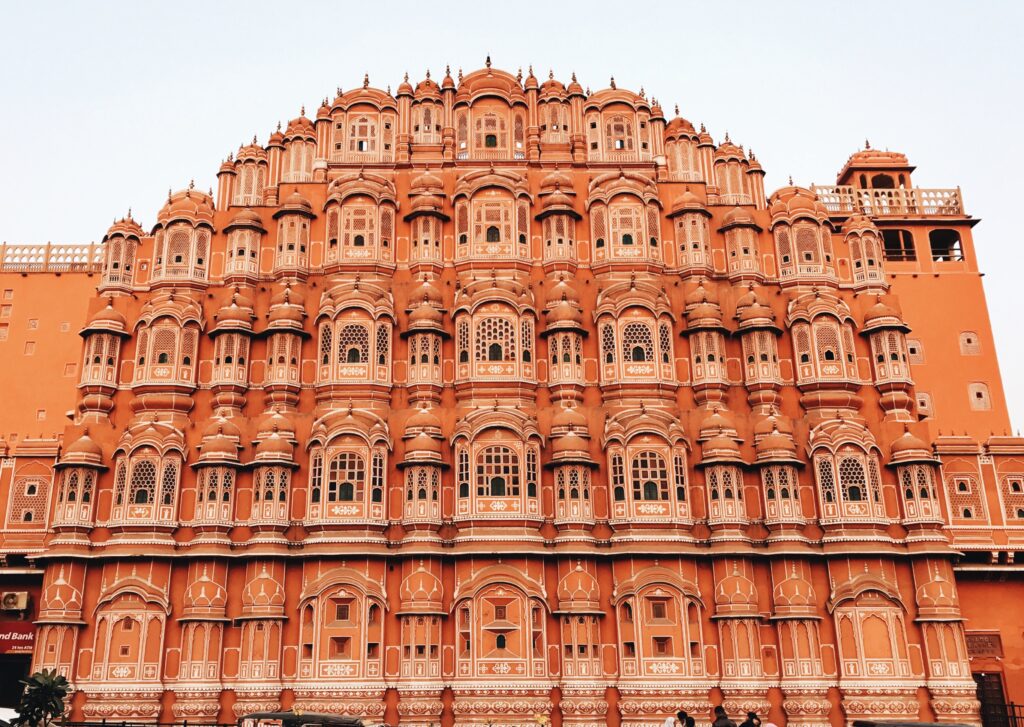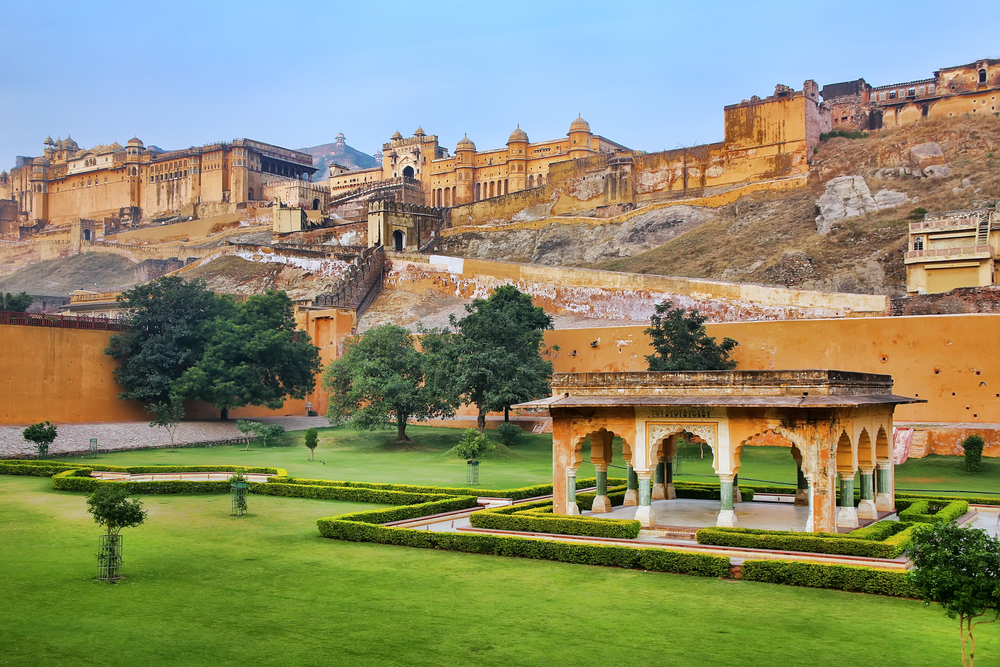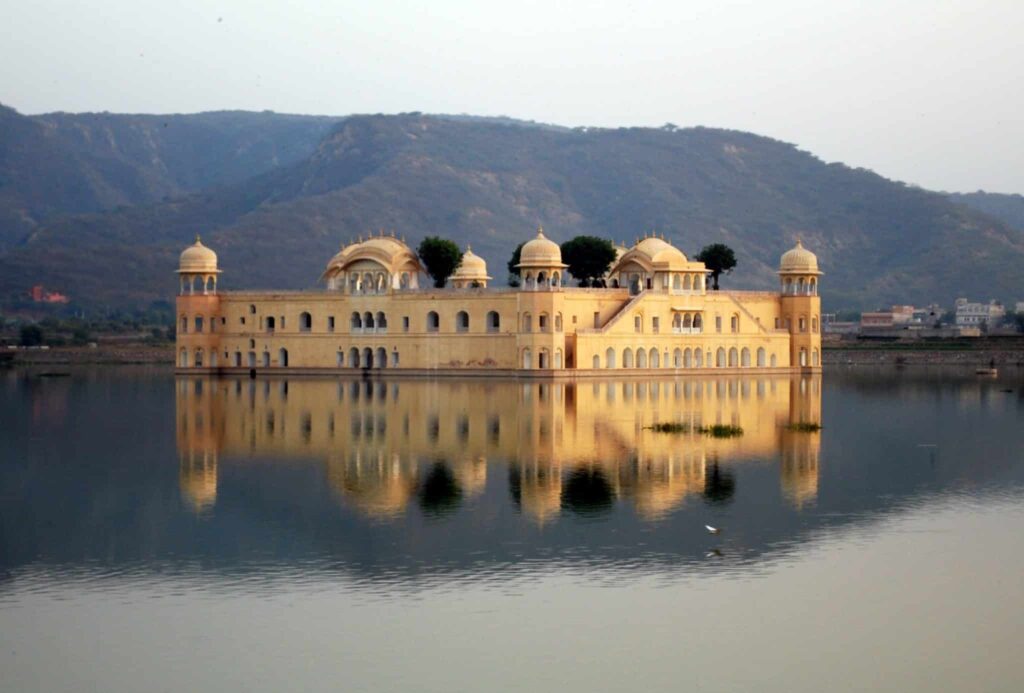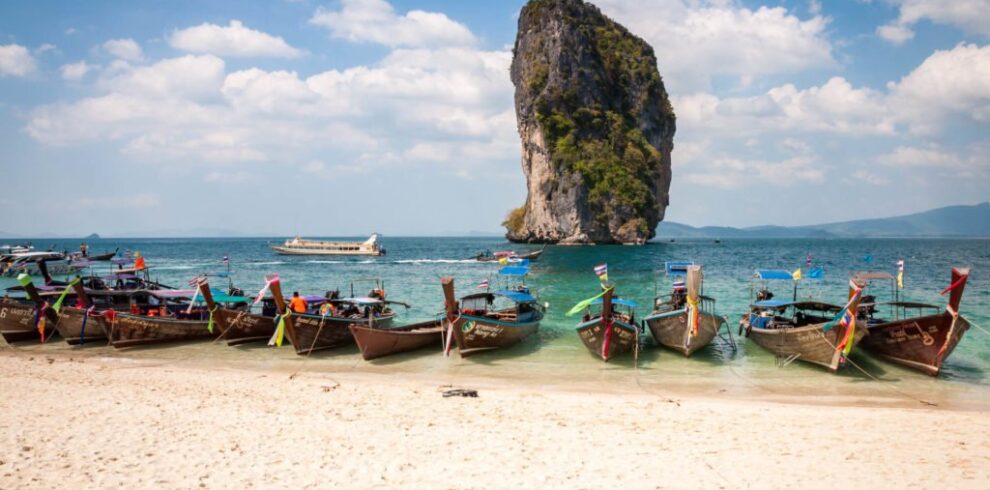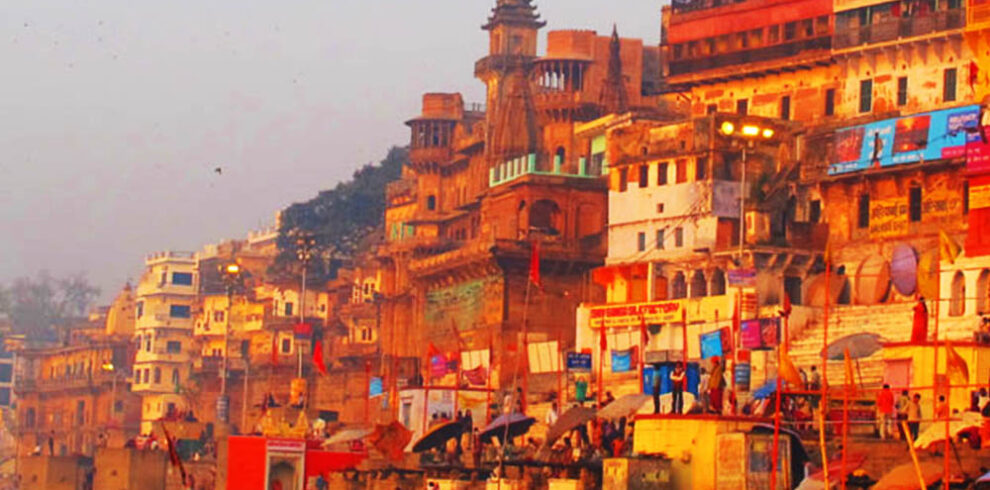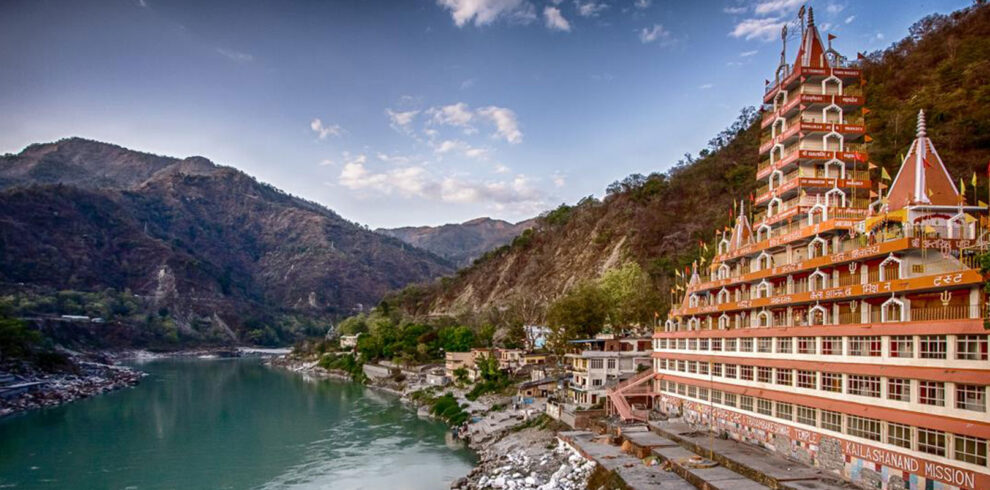The City Palace : In the heart of the old city is former royal residence built in a blend of the Rajasthani and Mughal styles. The carved arches are supported by grey-white marble columns ornate with floral motifs in gold and colored stones.
Two carved elephants in marble guard the entrance. The retainers whose families have served generations of rulers serve as guides. The palace houses a museum with a superb collection of Rajasthani costumes and armory of Mughals and Rajputs. The palace also has an art gallery with an excellent collection of miniature paintings, carpets, royal paraphernalia and rare astronomical works in Arabic,Persian,Latin and Sanskrit, acquired by Sawai Jai Singh II to study astronomy in detail.
Jaipur Trip
Jantar Mantar: A stone observatory. Largest of Jai Singh’s five remarkable observatories. Its complex instruments,whose setting and shapes are scientifically designed, represent the high points of medieval Indian astronomy.
The most striking of these are the Ram Yantras used for gauging altitudes.
Govind Devji Temple: The most popular temple of Jaipur dedicated to Lord Krishna. It is located in the central pavilion of the Jai Niwas Garden to the north of Chandra Mahal. The image of the patron deity-Govind Devji,originally installed in a temple of Vrindavan, was reinstalled here by Sawai Jai Singh II as his family deity.
Hawa Mahal: Built in 1799 A.D. the Hawa Mahal or Palace of Winds is a major Rajput landmark. This five storey building along the main street of the old city is in pink splendor with semioctagonal and delicately honey combed sandstone windows. The monument was originally conceived with the aim of enabling ladies of the royal household to watch the everyday life and royal processions of the city.
Swargasuli (Isar Lat): The highest tower dominating the skyline of the western side of the Tripolia Bazaar. It was built by Sawai Ishwari Singh in 1749 A.D. to commemorate a grand victory.
Sisodia Rani Garden: It has tiered multilevel gardens with fountains, water channel and painted pavilions and suites of living rooms.
BM Birla Planetarium (Time 12.00 hrs to 19.00 hrs.): The Planetarium offers unique audio-visual education and entertainment with its modern computerized projection system. For school groups concessions are available. Closed on last Wednesday of every month.
Galtaji: An ancient pilgrimage centre, lying beyond the gardens amidst low hills.Temples ,pavilions and holy kunds (natural spring and reservoirs) along with lush landscape make it a delightful spot. The small temple of the Sun god, built by Diwan Kriparam on the top of the highest peak is visible from all parts of the city.
Old City: Once a settlement of nobles,craftsmen and common folks, the city of Amer is now in ruins. The remanants of its rich past are the beautifully carved and planned Jagat Shiromani Temple, a Krishna temple associated with Meerabai, an ancient temple of Narsinghji and a magnificent step-well,Panna Mian-ka-kund.
Jaigarh: One of the few military structures of medieval India, retaining its ancient splendour in palaces,gardens , reservoirs, a granary, an armoury, a well planned cannon foundary, several temples, a tall tower and a giant mounted cannon-the Jai Ban,one of the largest in the country are preserved here. The extensive parkotas (wallls), watch tower and gateways of Jaigarh dominate the western skyline.
Amer: Former capital of the Kachhwaha rulers of the old state of Dhundhar for seven centuries. Very little of the early structures survive now.
Amer Palace and Shila Mata Temple: A beautiful complex of palaces, halls, pavilions,gardens and temples built by Raja Man Singh,Mirza Raja Jai Singh and Sawai Jai Singh over a period of about two centuries still stand in magnificent state. The palace complex emerges dramatically from the placid waters of the Maotha Lake and is approachable only through a steep path. Tourists often ride on the elephant back to the Singh pol and the Jalebi Chowk.Two flights of stairs rise from on end of the chowk, one leading to the Shila Mata Temple and other to the palace complex. The image of the patron of goddess,worshipped by thousands of deovtees, was brought from Jessore in East Bengal (now in Bangladesh) by Raja Man Singh, to be installed here.
A spectacular pillared hall -Diwan-e-Aam and a double storeyed painted gateway. Ganesh Pole dominate the from courtyard, An elegant tiny garden in Charbagh style beyond th corridors, has Sukh Niws to its right and Jas Mandir to its left. The latter combines the Mughal and Rajput architecture seen in its beautiful interior with intricately carved Jali screens,delicate mirror and stucco work and painted and carved dadoes. The well proportioned Mohan Bari or Kesar Kyari in the centre of the Maotha Lake and the Dilaram Bagh at its north end provides a spectacular view of the palaces above.
Ram Niwas Bagh: A lush spacious garden with a zoo, an aviary, a greenhouse, a herbarlum , a museum and popular sport ground. It was built by Sawai Ram Singh II in the 1868 A.D. as a famine relief project. The Albert Hall-fine example of Indo Sarcenic style of architecture designed by Sir Swinton Jacob, was opened later with an exquisite collection of sculptures, paintings, decorative wares, natural history specimen, and Egyptian mummy and the celebrated Persian carpet.
Jain Temple: The exquisite jain temple on the Agra road has some of the most beautiful 19th century paintings in Jaipur style on its walls.
Moti Doongari and Lakshmi Narayan Temple: Moti Doongari is a privately owned hilltop fort built like a scottish castle. The Ganesh Temple at the foot of the hill and the marvellous Lakshmi Narayan Temple built in marbles a few years back,are also noteworthy.
Statue Circle: The full-length exquisitely carve statue of Swai Jai Singh in white marble in the centre of the circle was erected under the newly planned scheme area to pay homage to the founder of Jaipur.
The Kanak Vrindavan Complex of fine temples and gardens has been recently renovated to their pristine perfection. To the west of this road is the royal crematorium at Gaitore in a narrow valley with some spectacular cenotaphs of all the Jaipur rulers except Swai Ishwari Singh who was cremated outside the Jai Niwas Garden. Most imposing is the ‘chattri’ of Sawai Jai Singh II with the intricate carvings and a graceful shape.
Ghat ki Guni: Beautifully landscaped gardens, laid out in the 18th and 19th century by king and courtiers dot the narrow gorge in the south eastern corner of the walled city, along the road to Agra.
Others: Beautiful memorials to the queens,Maharani-ki-chattri are near the Ramgarh road crossing on the Amber Raod. The Island Palace,Jal Mahal built by Sawai Jai SinghI, is a fascinating spot at the centre of the Man Sagar Lake.

